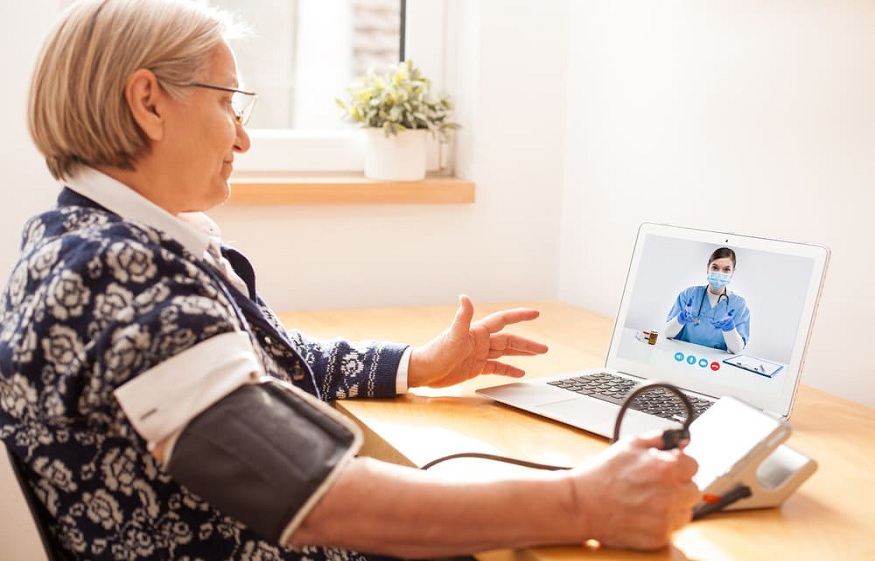
What COVID Revealed About Our Collective Acceptance of Tele health
The first recorded use of tele health in the U.S. involved a doctor who diagnosed croup over the phone. That was in 1897, just a few years after the telephone was invented. The incident is proof that the tele health concept is not a modern phenomenon. It goes back more than 120 years. COVID brought it out of the shadows and into the mainstream, which is one of the few silver linings of the pandemic.
Now that tele health is out in the open and widely accepted, it would be a mistake to try to turn the clock back. It would be equally foolish to not look back on how we got here, that we might learn the lessons COVID has revealed about our collective acceptance of tele health.
Here are five tele health-related things COVID has clearly revealed:
1. Technology Isn’t a Barrier
One of the chief arguments against widespread tele health is that technology cannot replace human interaction. That much is true, but the argument presupposes that technology is a barrier to quality care. It is not. The primitive nature of the telephone in 1897 was not a barrier to diagnosing a child with croup. Perhaps the technology wasn’t perfect, but it served a vital role in that situation.
Rather than looking at what tele health technology can do to enhance healthcare, there is a certain segment of the industry that continues to focus on what it cannot do. That is a shame because companies like CSI Health, healthcare telemedicine solutions, are devising healthcare tele medicine solutions that can do amazing things.
2. Healthcare Is Slow to Adapt
It has long been believed that the healthcare industry is slow to adapt to technology. That was born out in the midst of the COVID crisis when healthcare facilities were shut down. They had no choice but to bring in tele health solutions. And once they did, it became clear that the resistance to tele health was not one of technical performance. It was a matter of personal preference.
3. Patients Will Use It
Another common tele health criticism is that patients do not want to use the technology. That may be true in some cases, but it’s not true in all of them. Personally, I love tele health. I will use it at every opportunity. Furthermore, I am not alone. Survey data indicates that the majority of patients who utilized tele health during the pandemic were either very satisfied (47.4%) or satisfied (35.3%) with the results.
Data shows that many patients are concerned about security, but how much of that is due to being unfamiliar with tele health technology? Even if security concerns are legitimate, they can always be addressed.
4. Insurance Company’s Don’t Like It
The COVID pandemic also revealed that insurance companies are not big fans of tele health. To this day, they continue fighting attempts to force them to pay for virtual visits just as they would in-office visits. And when they do pay, they tend to pay less for the virtual version. As for why, it is not clear. But insurance company objections do not make sense.
5. Government Can’t Make Up Its Mind
Finally, we now know that the government cannot make up its mind about tele health. They were happy with it during the height of the pandemic, at least enough to provide Medicare and Medicare coverage. But now they are seriously thinking about turning back the clock. Again, it makes no sense.
What we have learned about tele health over the last two years paints an entirely different picture of something that was largely misunderstood prior to COVID. It would be a shame to let those lessons go unheeded. Let us hope that doesn’t happen.




